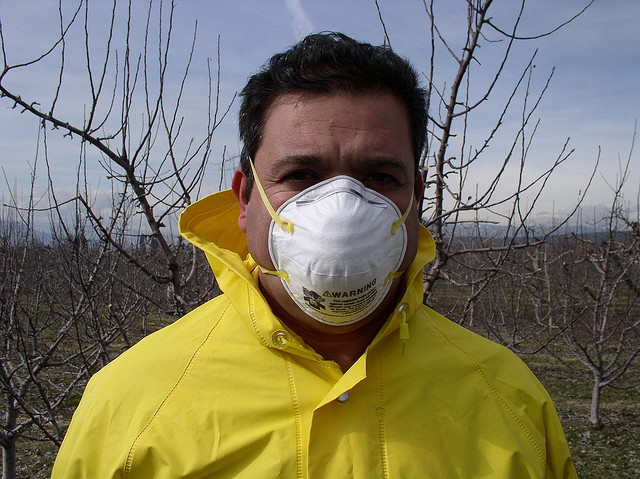
23 Oct Flood Cleanup and Avoiding Indoor Air Quality Problems
Photo by Pacific Northwest Agricultural Safety and Health Center
Flood Cleanup – Avoiding Indoor Air Quality Problems
While indoor air quality may not be the top priority during flood cleanup, it is something that should not be disregarded. When moisture remains in contact with the surfaces in your home for more than two days, it is highly likely that the area will develop growths of microorganisms such as mold, viruses and bacteria. It is important to clean and dry out the affected areas thoroughly, as these microorganisms can cause long-term health effects such as allergic reactions and disease, even death in the most severe cases.
While in some cases cleaning up a flood yourself is possible, it is always best to use a professional to make sure everything is handled properly. KADE Restoration is fast, reliable, and will ensure the proper removal, drying and clean up of your flooded home.
One of the first steps during cleanup is the removal of standing water. This can be a breeding ground for microorganisms. In extreme cases floodwater can contain decaying animal carcasses or sewage. It is extremely important that this all be completely removed.
The next step is to dry out the home completely. The Environmental Protection Agency (EPA) suggests to remain patient, as this process can take weeks in some cases. If the home is not dried out properly, a musty odor will be present. This odor is evidence of the growth of microorganisms, and must be addressed immediately. For more information on the cleanup of mold, see How to clean up and remove mold.
Wet materials will also need to be removed from the home. It is unfortunate, but some items are unsalvageable and must be discarded. Some items can be dried out and repaired, but materials containing cellulose such as fiberboard and insulation might need to be replaced.
Be careful when cleaning to never mix household cleaners. Always check labels for proper usage and follow instructions. Your safety is important during cleanup. Additionally, ensure your carbon monoxide detector is functioning, and that you are aware of any potential asbestos or lead dust issues. Visit the EPA’s website for more information or click here to visit a fact sheet. Resources are available for free, and offer information on cleanup and indoor air quality from organizations such as the Federal Emergency Management Agency (FEMA), the Centers for Disease Control and Prevention (CDC), and the American Lung Association.
Proper cleanup and drying of the affected areas can help safeguard you and your family’s long term health and safety. Removing the breeding grounds for microorganisms will help keep your indoor air quality at an acceptable level and help prevent future disease.
